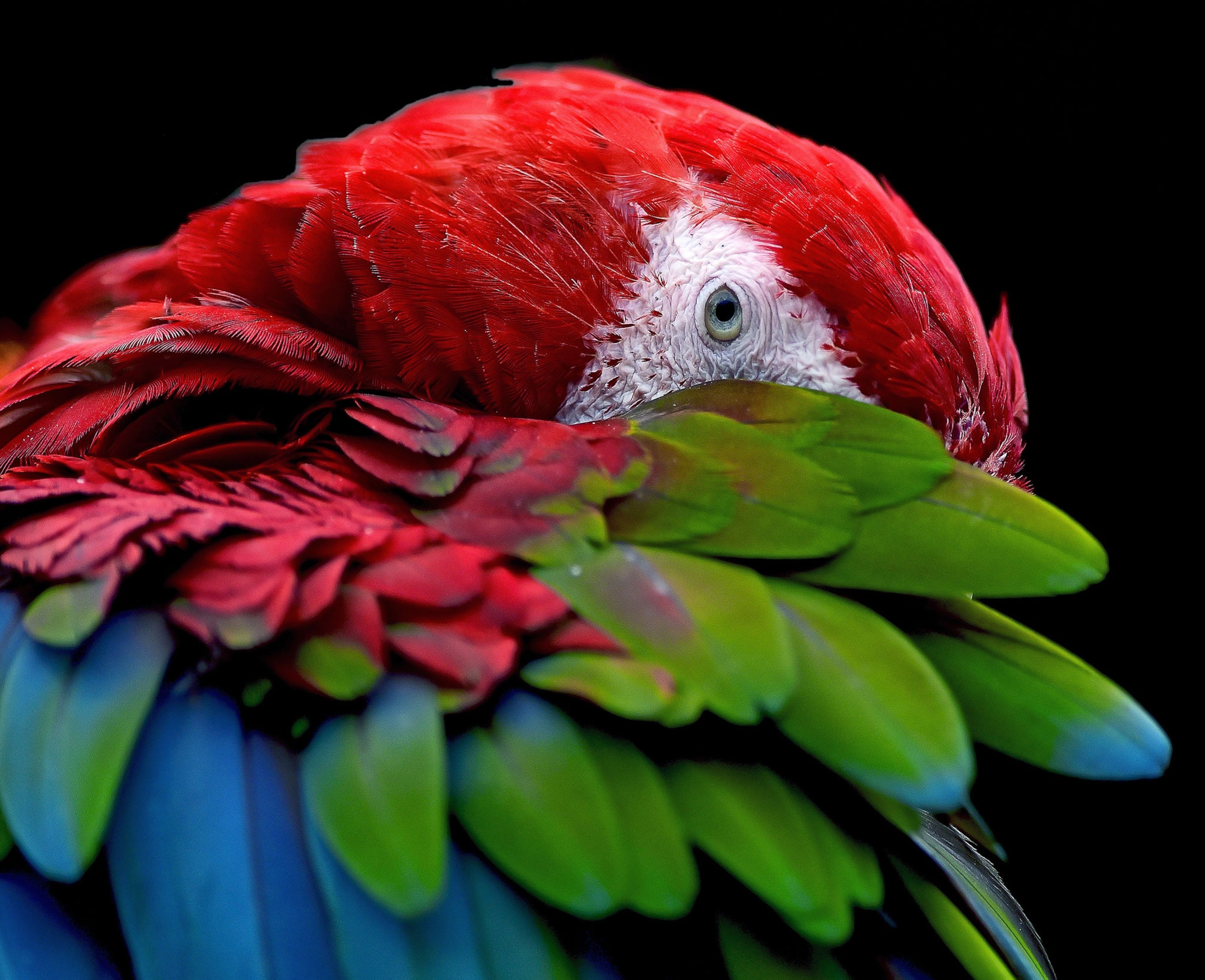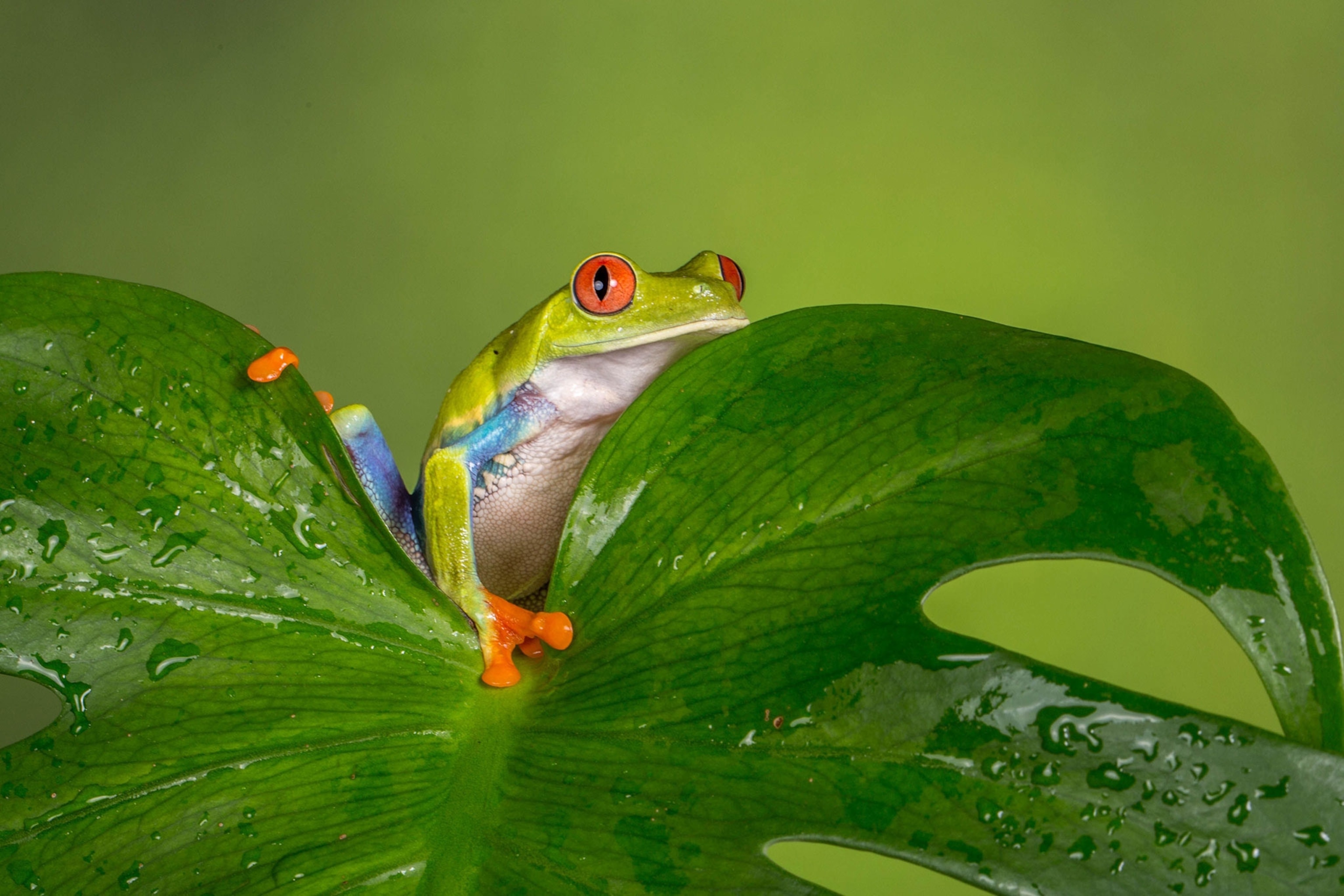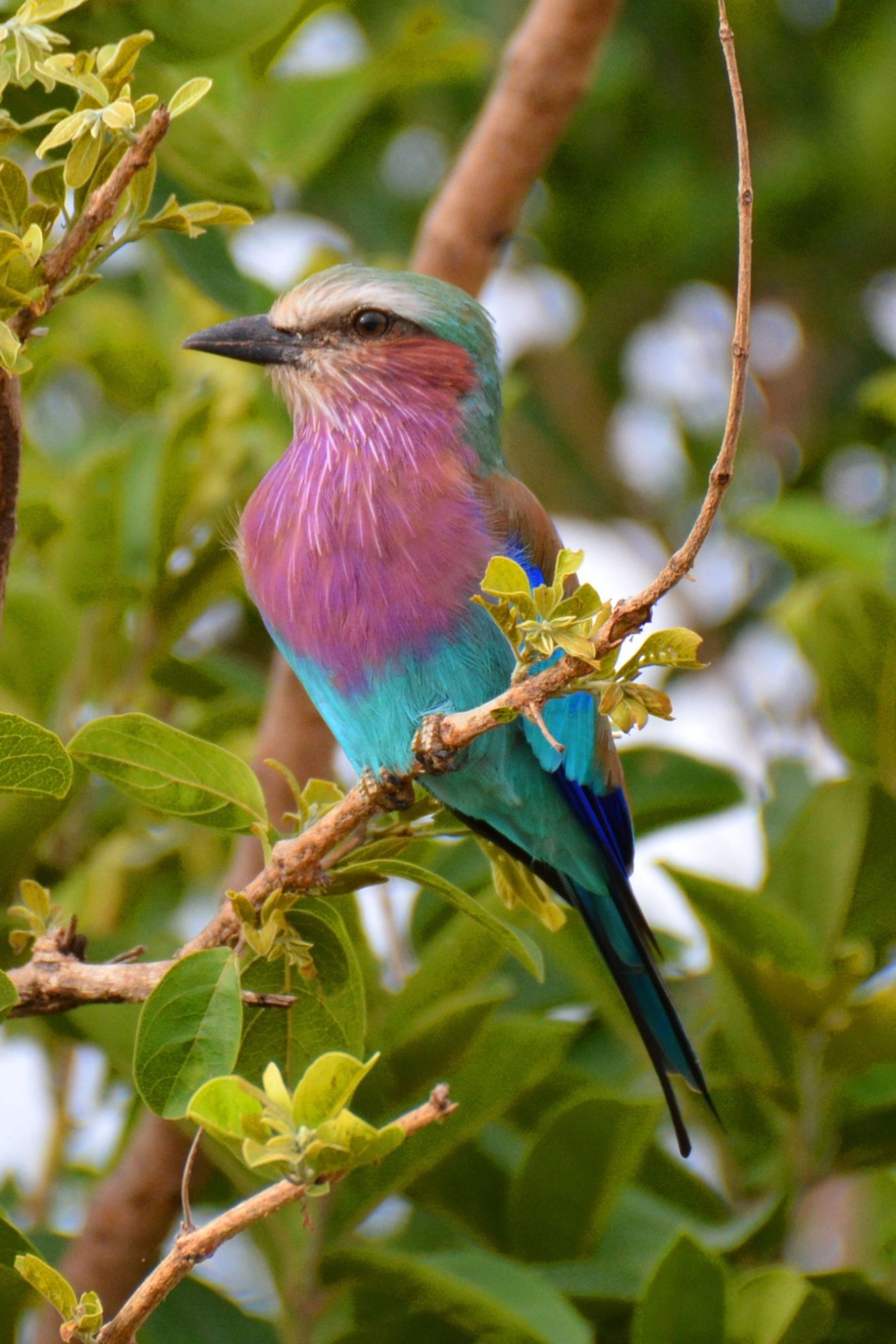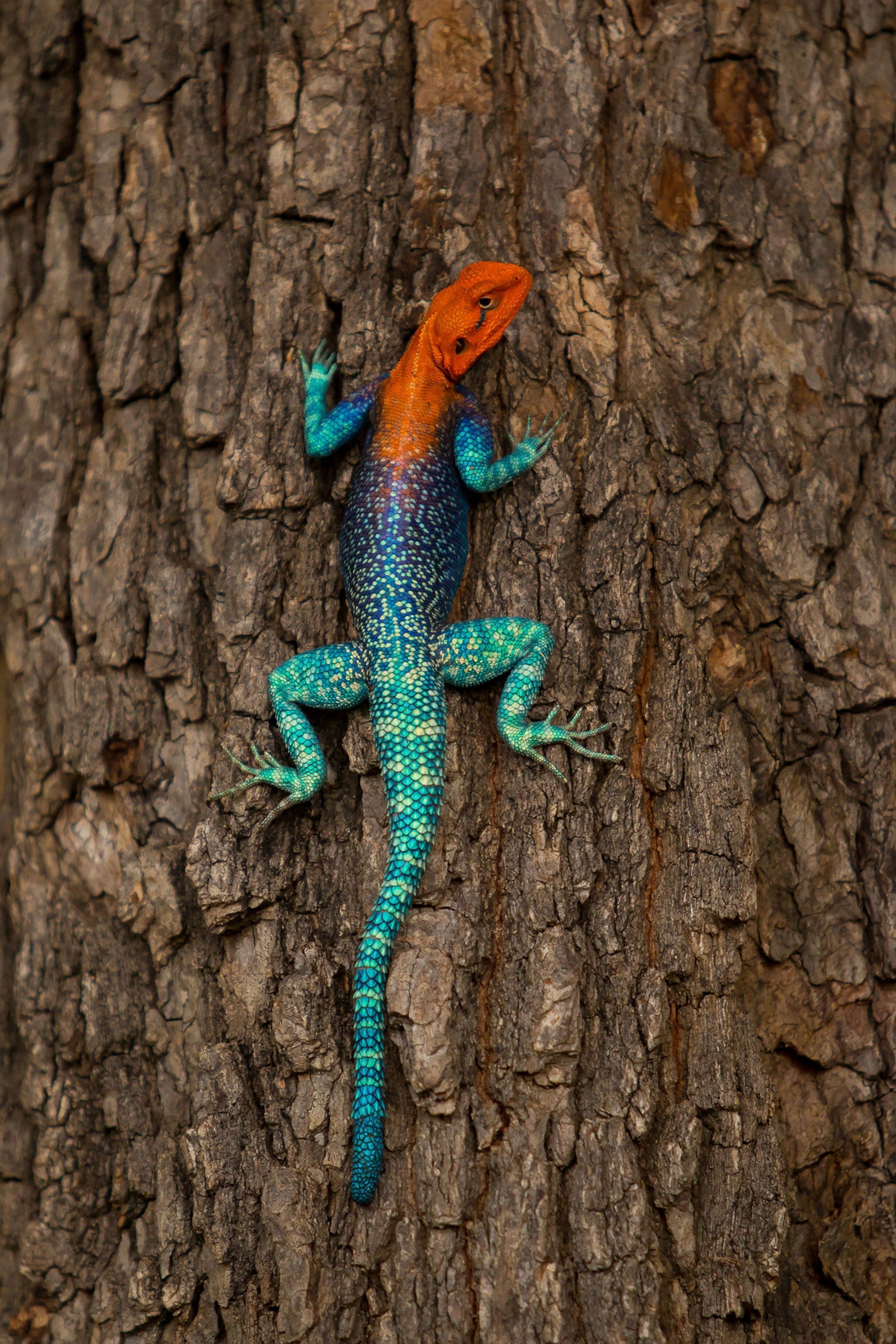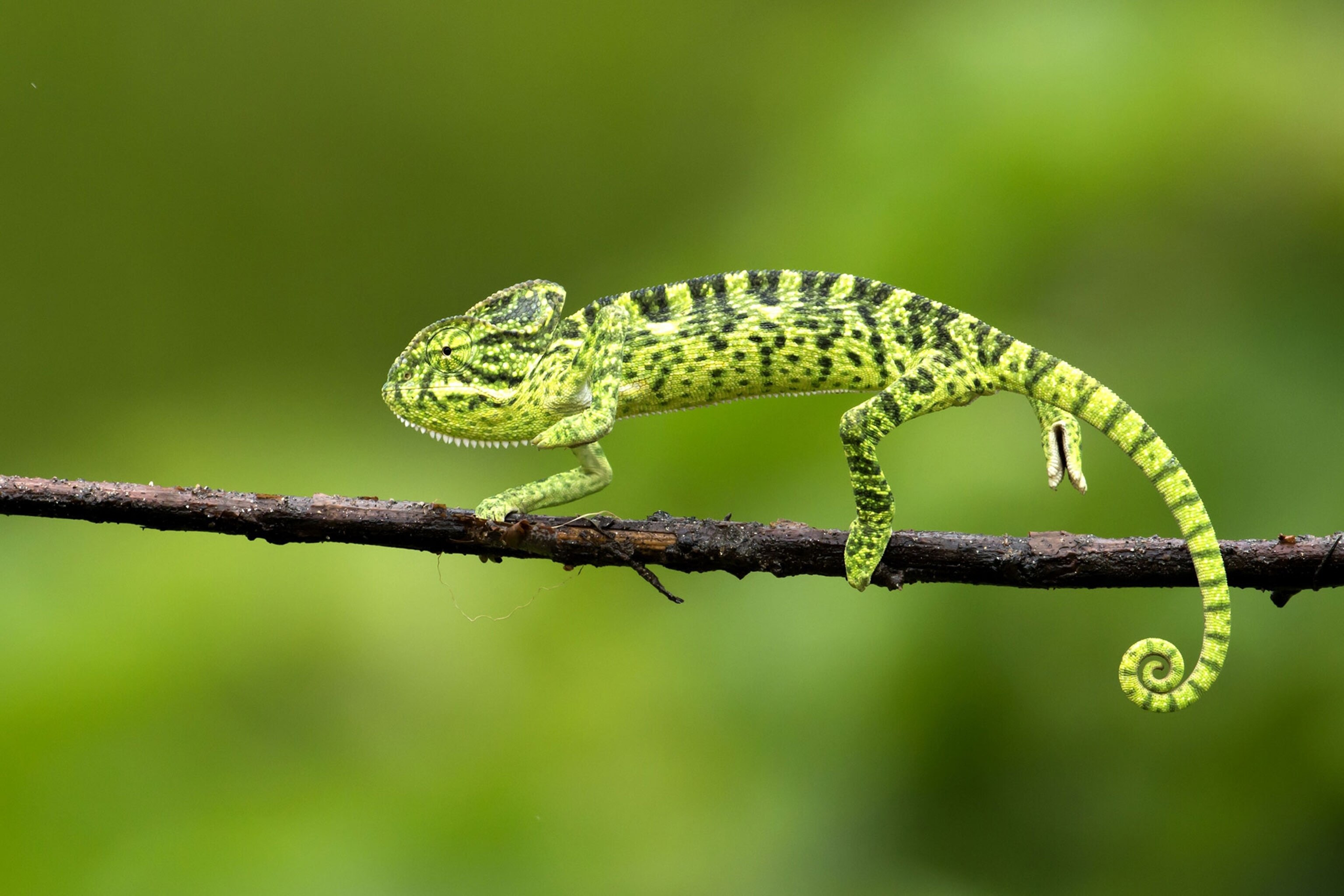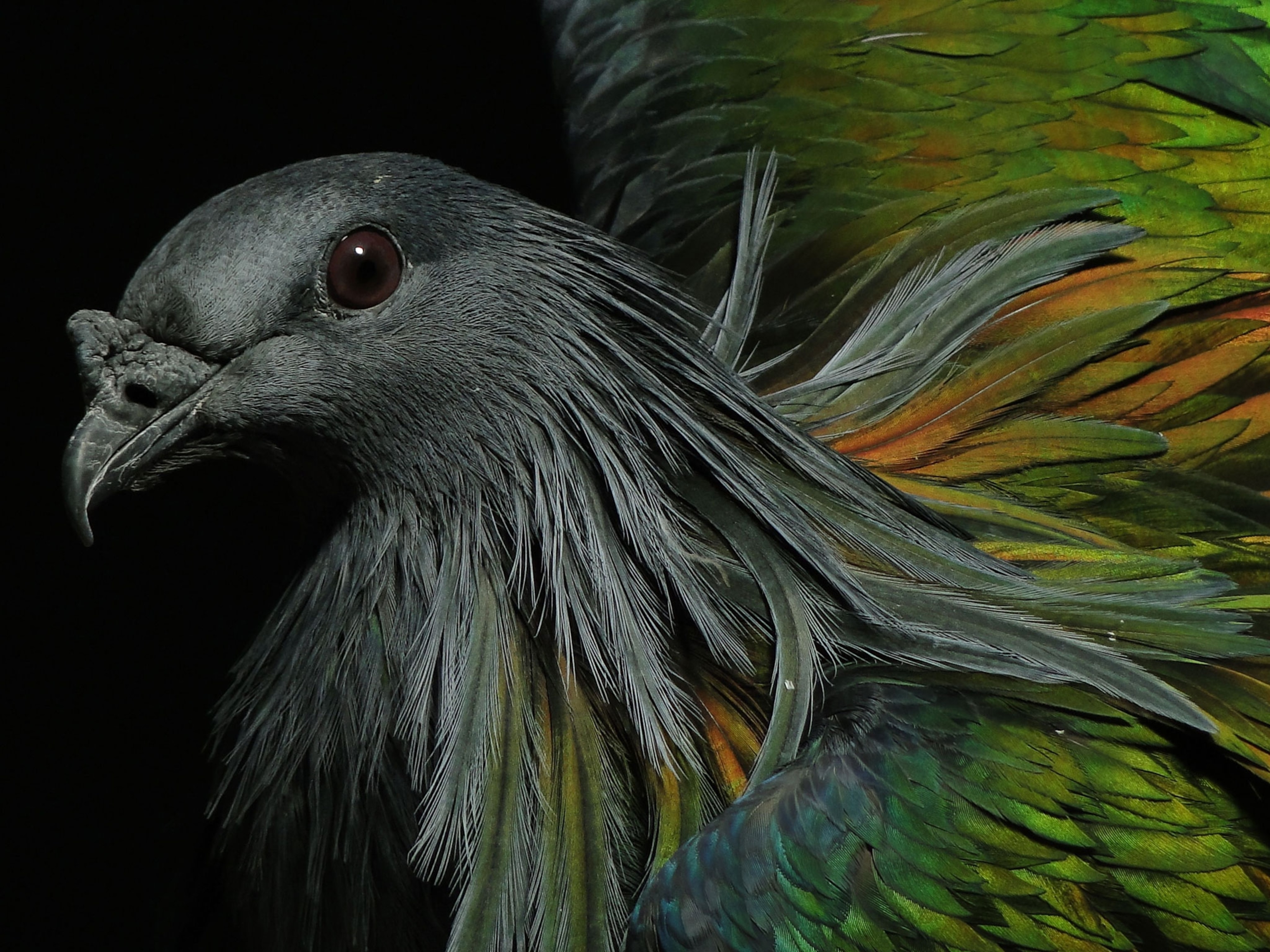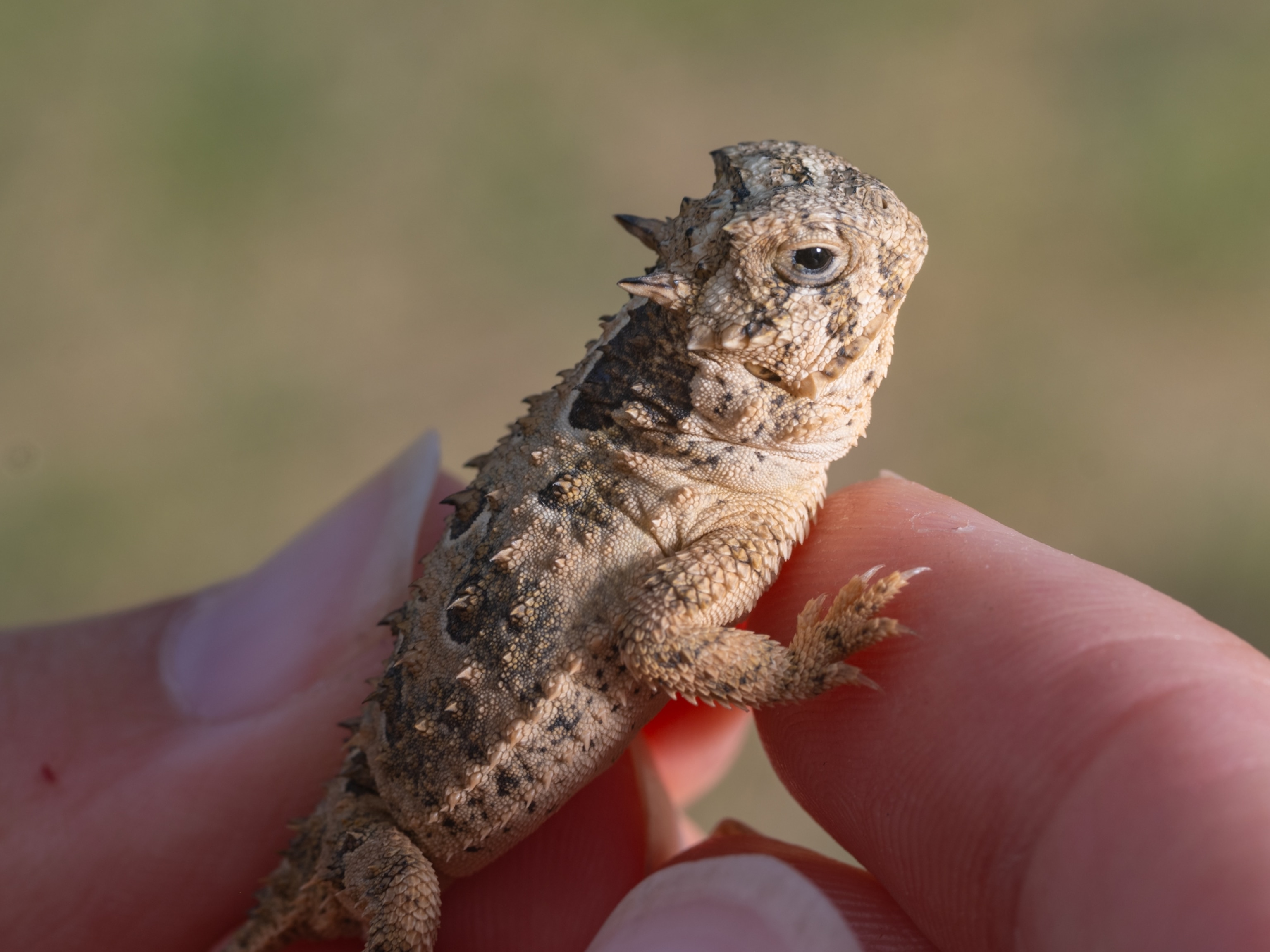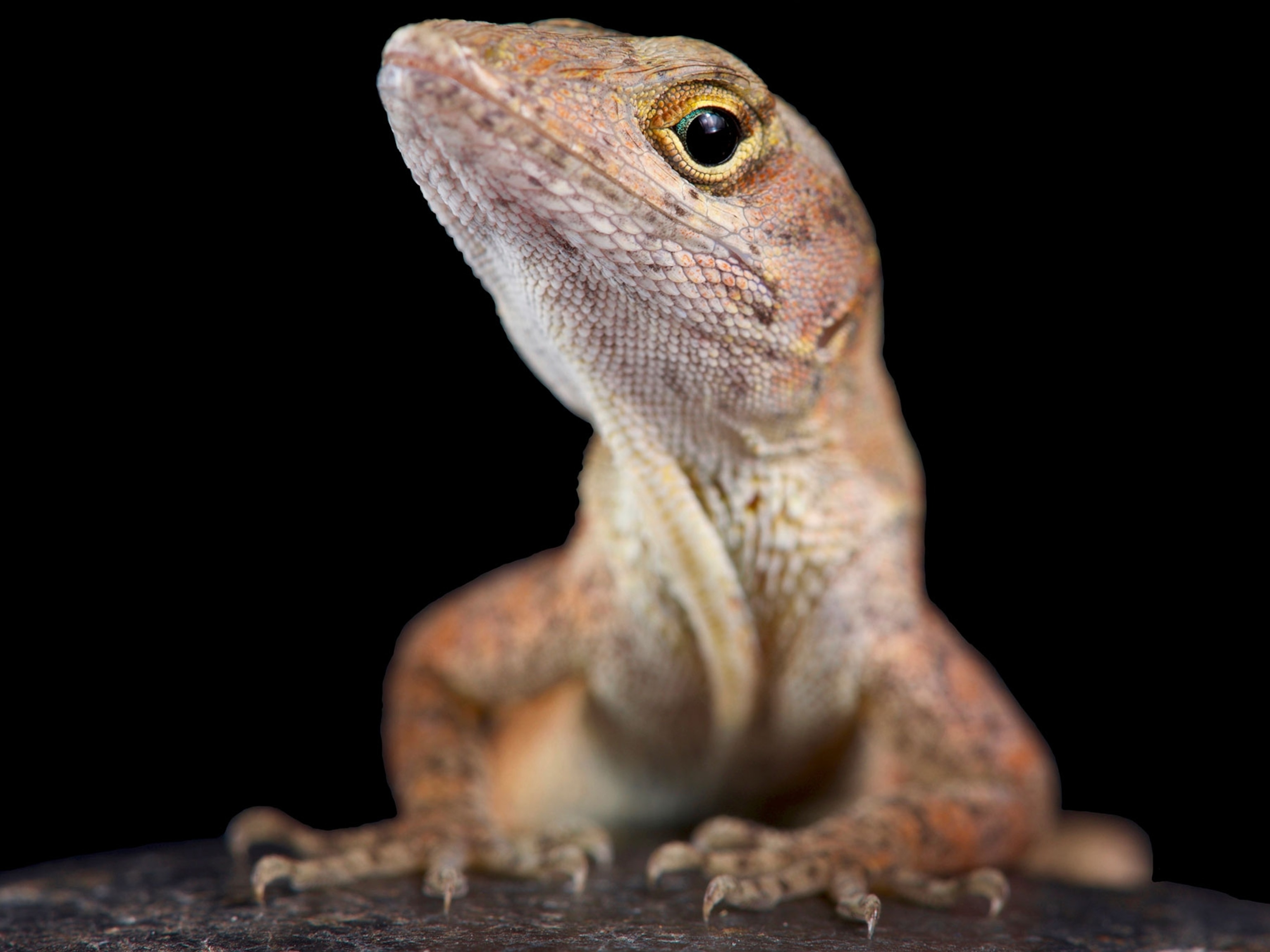
This Lizard Has a Blue, Ultraviolet Tongue—Here’s Why
When threatened, the northern bluetongue skink brandishes its UV-reflective, cobalt tongue.
When bluetongue skinks are attacked, they don’t curl up or run for cover. Instead, they stick out their vibrant tongues to scare away predators.
This type of reaction, called a deimatic display, is found in other species, although it’s often less colorful. They're meant to overwhelm a predator. A puss moth caterpillar, for example, can fire formic acid from its two flagella when threatened, and a domestic cat will hiss, arch its back, and bare its teeth to warn intruders. (Related: “Why You’re Probably Training Your Cat All Wrong”)
"It's a bit like if you clapped your hands loudly behind someone's head," coauthor Martin Whiting, a biology professor at Macquarie University, writes in an email. "They would be startled and momentarily dazed."
The melanin-pigmented tongue of a bluetongue skink looks like it’s been dipped in blue paint. It’s broad at the base and narrow at the tip, and can be flattened or expanded on command. Rapid-fire, the tongue can be deployed in a split second.
A new study, published Thursday in Behavioral Ecology and Sociobiology, has revealed another characteristic of the skink’s cobalt tongue. Additionally, the back of the northern bluetongue skink’s tongue is more UV-intense and brighter than the front. The back is only revealed in the final stages of an attack, to predators that possibly can see UV rays.
Say Ahh
For this study, lead author Arnaud Badiane, a Marie Curie fellow at the Institute of Ecology and Environmental Sciences of Paris, collaborated with colleagues from Macquarie University, the University of Valencia, and the University of Sydney. The team focused on northern bluetongue skinks (Tiliqua scincoides intermedia), which, at more than a foot long, are the largest of the skink species.
Related: Browse Colorful Animals
The omnivorous, ground-dwelling lizards are found in Australia, eastern Indonesia, and Papua New Guinea. Aside from their colorful tongues, skinks have heavy, medium-sized bodies with triangular heads, and stubby legs and tails. (Read about the tiny mouth structures—called papillae—that dot a skink’s tongue.)
The lizards are slow-moving, and their brown-banded bodies help them camouflage into the landscape. Still, birds, snakes, and monitor lizards are among the main predators of the bluetongue skink. Past research has given evidence that these species can see UV rays. (Watch: “Why a Giant Python Regurgitated a Lizard Half Its Size”)
The researchers used a portable spectrophotometer, which measures the intensity of light in one part of the spectrum, for the experiment. They ran the spectrophotometer over the tongues of 13 skinks and found that in addition to the tongue being UV-blue, the back was nearly twice as bright as the tip.
"The brightness of the UV-tongue at the back of the mouth is highly conspicuous," Whiting adds. "That flash of intense color is what we expect to daze a would-be predator."
In 2015, researchers found that another skink species, Tiliqua gigas, had a UV-reflective tongue. This recent study on northern bluetongue skinks reinforces the prevalence of UV tongues in skinks.
Simulating Attacks
The next step of the study was to simulate attacks on the lizards to see how much of their tongues they stuck out when threatened. Abiding by ethical standards, the researchers did this by “attacking” the lizards with a model snake, bird, monitor lizard, and fox. They used a piece of wood as a control.
The skinks kept their tongues concealed for as long as possible. But when the fake predator got too close, they spit out them out, hissed, and inflated their bodies.
The more threatened the lizard felt, the more it revealed its tongue. Whereas snakes and monitor lizards rarely triggered full-tongue responses, birds and foxes often spurred these reactions.
“The lizards restrict the use of full-tongue displays to the final stages of a predation sequence when they are most at risk,” Badiane says in a press release. “This type of display might be particularly effective against aerial predators, for which an interrupted attack would not be easily resumed due to loss of inertia.”
This study did not look at how the predators reacted to the lizards, so future studies could investigate how predators respond to such vibrant tongue displays.
This article originally published on June 8, 2018. It has been updated with comments from the researchers.








